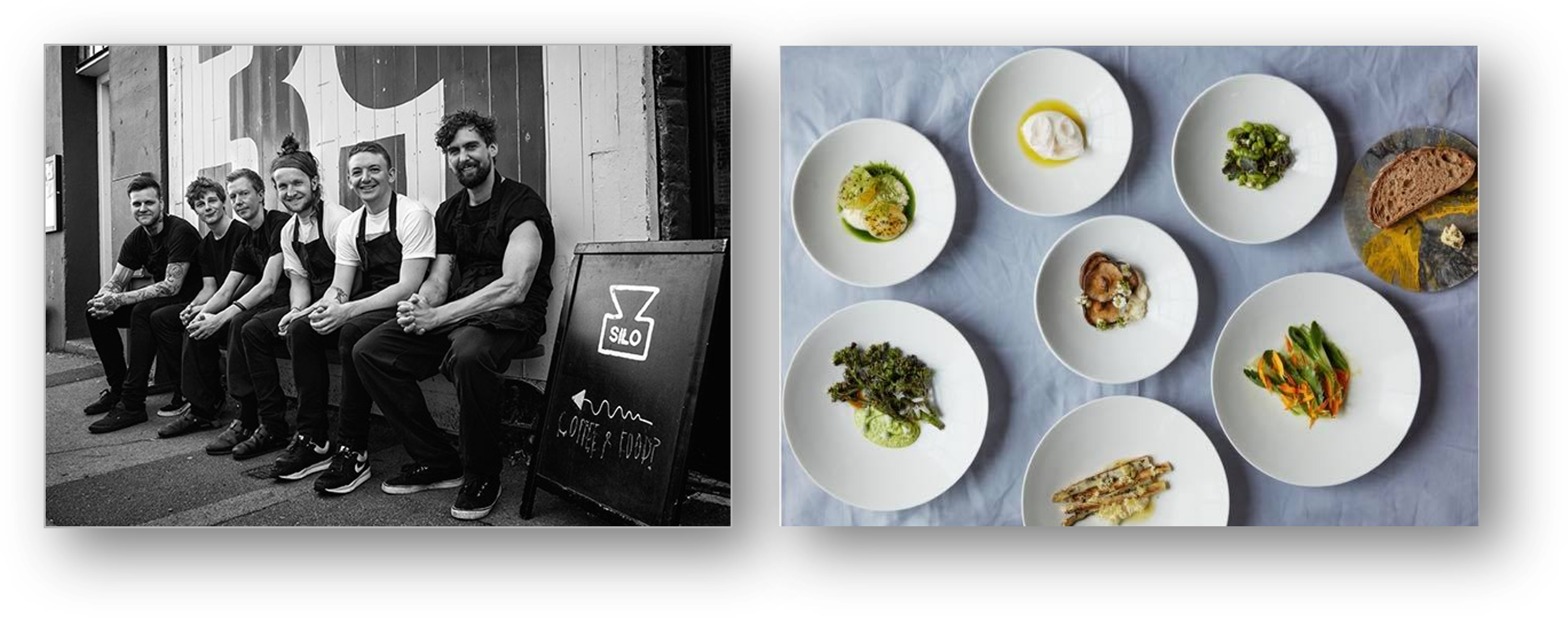The Power of Upcycled Ingredients
More and more food companies and restaurants are approaching their business with a sustainability mindset, assessing how their practices can help to nourish the world — making upcycling a path towards the future. Resourceful methods for repurposing off-cuts, byproducts and scraps give new life to ingredients and salvaged food “waste” that is, in fact, completely edible.
Many food industry practices would not be up to earth-loving customers’ standards. Oversized portions, over-preparation, improper storage, and extensive menu choices are just some of the ways restaurants are contributing to their estimated 22 to 33 billion pounds of food waste each year. Schools, hotels and hospitals are estimated to generate an additional 7 to 11 billion pounds per year.2 But operators are getting creative to combat these staggering estimations.
Education and awareness are critical pieces of the puzzle, and many foodservice operators are doing their part to teach the public about the importance of upcycling. A restaurant in India proudly touts their sustainable practices, using fish skin for chips, mutton neck bone to make stock and dehydrated vegetable peels as garnishes. A Brazilian upcycling initiative holds workshops and classes for chefs and community members, reducing waste while making more food available for those who cannot afford it. Small steps can ultimately make a large impact towards creating a circular economy, as awareness, cooperation and change happen across the entire supply chain.
In relation to food waste, it’s important to note that hunger and food insecurity take the top spot of issues Millennials, Gen X, and Boomers think are most important for food brands and restaurants to take a stand on.3 The opportunity to serve others and gain loyalty may lie within leftovers and unsold goods. In fact, over half of consumers would be more likely to dine at a restaurant that donated unsold food to those in need.4 From a compost bin to a donation pantry, the food industry can infinitely help people and the planet.
3 TRENDS TO WATCH

PROTEIN EXPANSION:
The use of both plant-based alternatives and utilization of meat and seafood scraps will continue to grow.
ETHICAL SOURCING:
Consumers are expressing desire for more ethically sourced foods. “Ugly” produce and food byproducts provide chefs with conscientious ingredients in terms of food waste.
COMMUNICATION:
As chefs expand their upcycling efforts in the kitchen, they’ll find even more ways to communicate the benefits of their processes to consumers who are looking for transparency on sustainability-related issues.
consumer insights
8 OUT OF 10
Spanish consumers actively try to behave in a way that doesn’t harm the environment. Ensure you consider not only your ingredients but also your byproducts.
41%
of UK consumers, find limiting food waste one of the most important factors when making food and drink purchases, and with inflation continuing to squeeze wallets, this will only increase going forward.
2/3RDS
of GenZs across europe state that sustainable or environmentally-friendly features in products are essential or nice to have, suggesting product sourcing will only come under increased scrutiny.
COOKING WITH PURPOSE
Zero-waste cooking is all about using innovation, creativity and the circular economy model to create more with what we already have. Join Chef Eugeni as he showcases Fried Anchovie Spines,” made with underutilized spines of anchovies.
.gif)

There’s always been a special link with the sea as one of the most delicate and prolific sources of great ingredients for chefs, and anchovies have been one of the preferred ones for mediterraneans for ages. They can be cooked fresh, fried, in salt, in vinegar, the garum, and why not the spines? When fried with a very clear tempura, they get crispy and are perfect for a summer tapa with some fresh drink.
To fry the spines, first pre-dust them to ensure a proper batter adhesion and then dip them into the Custom Culinary® Chef's Own™ Tempura Batter. Also we recently went one step further reformulating it to be Gluten-free and with a shelf life of 12 months.


FOODSERVICE INSPIRATION

UK restaurant Silo is zero-waste and prioritizing upcycling ideas. All food is delivered packaging free in reusable crates, food grade jerry cans, pails, or containers. The restaurant goes so far as to use their discarded coffee grounds to grow in-house mushrooms that are served on their dinner menu.

Repurposed Peels – Founded by students in Milan, the Peel Saver was developed after realizing how much potato is discarded when preparing French fries for quick service restaurants. The cone is made by macerating potato peels, then naturally drying the peels in a cone shape.

Named in CNN’s Asia’s Top 50 Bars of 2021, Penicillin Bar (Hong Kong) focuses its efforts not only on upcycling food ingredients in its drinks, but also in the restaurant atmosphere. The rinds, pulp, and seeds of lemons that are squeezed for juice are then upcycled into lemon sparkling wine.
Not only is the bar upcycling from behind its counters, but it is involving the community as well. Oyster shells from a local seafood restaurant and avocado pits from a neighboring Mexican are both taken and used for various purposes in the kitchen.
Creating a circular economy

At Custom Culinary®, we strive to embrace the principles of a circular economy. With a life cycle that includes sourcing, production, packaging, transportation, consumption and waste management, we are taking steps to examine the impact of our products across all business practices.
Download Our Sustainability Report to Learn More